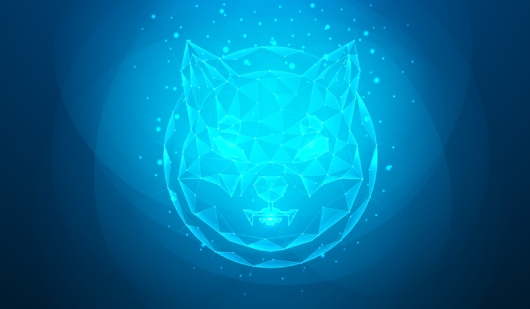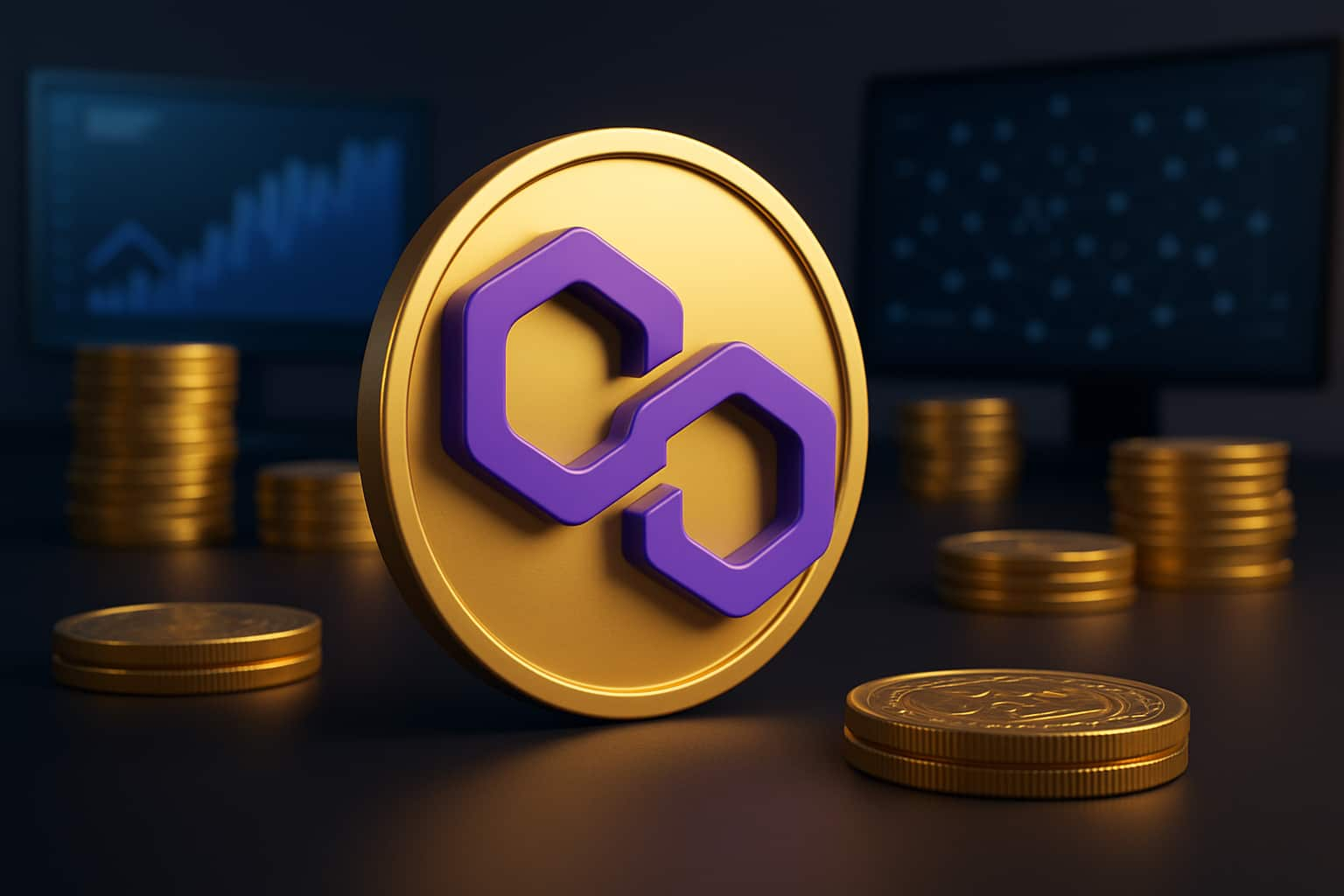-
In the dynamic realm of cryptocurrencies, innovation breeds fresh opportunities. Among these innovations, DRC-20 has risen as a prominent token standard, sparking widespread discussions. Powered by smart contracts, DRC-20 lays the groundwork for robust and thriving crypto token development. This article provides a comprehensive overview of the DRC-20 token standard.
What is DRC-20?
Similar to Ethereum's ERC-20, the Dogecoin network embraces the DRC-20 token standard. These interchangeable digital assets facilitate compatibility among various DRC-20 tokens and services, serving diverse purposes such as voting rights and user rewards.
Thanks to its rapid transaction speed and cost-effectiveness, DRC-20 has garnered attention from both seasoned investors and enthusiastic newcomers. DRC-20 enhances scalability, security, and privacy by leveraging its underlying technology and hybrid blockchain structure. With its extensive potential, DRC-20 spearheads innovation and reshaping decentralized finance and digital assets.
Also, Explore | ERC-20 vs BRC-20 Token Standards | A Comparative Analysis
How does DRC-20 Operate?
The Cardinals protocol lays the groundwork for this token standard. Within this framework, the smallest indivisible unit of Dogecoin is referred to as an "Elon", where 1 Dogecoin equals 100,000,000 Elons.
Under the Cardinals protocol, each Elon is assigned a serial number that incrementally increases based on the sequence of their mining. These serial numbers, known as "cardinals", provide each Elon with a distinct identity. Additionally, "inscription" denotes the process of embedding text, images, audio, and video data onto the Elon. Cardinals NFT encompasses all the files acquired on Elons, primarily consisting of images and words, associated with the Ordinals protocol.
You may also like | A Detailed Guide to BRC-20 Token Launchpad Development
DRC-20 Advantages
Unique Investment Opportunities
Embracing the early stages of the DRC-20 project opens doors to unparalleled investment prospects. Positioned at the vanguard of a novel token standard, you have the opportunity to immerse yourself in its potential and emerge as an expert in the field.
Minimal Fees
The DRC-20 standard boasts remarkably low token creation costs, requiring only 0.1 DOGE per operation. This cost-efficient technology empowers you to explore diverse token possibilities while mitigating risks to your invested capital.
Confidentiality
With the DRC-20 protocol, asset protection reaches new heights as the registry is securely stored on the Ethereum blockchain. Unlike the BRC-20 protocol, which centrally stores ledger data in a wallet, the DRC-20 protocol ensures registry data remains on the Ethereum blockchain. Transactions within the DRC-20 framework are executed on the Dogecoin blockchain, guaranteeing asset security even in wallet loss, thanks to the constant accessibility of relevant information. The blockchain's data linkage method ensures robust asset confidentiality.
High Transaction Speed
In pursuit of sustained growth and DeFi ecosystem enhancement, the BRC-20 protocol continually integrates new features like stablecoins and oracles. Yet, high gas fees pose a barrier to new user adoption. By introducing the DRC-20 standard token on the Dogecoin blockchain, daily transactions within the Dogecoin network surge, outstripping both Bitcoin and Litecoin concurrently. The escalating interest in the DRC-20 token standard fuels positive momentum within the Dogecoin network, fostering speculative growth and heightened activity.
UTXO Model
Cryptocurrencies like BTC, LTC, and Dogecoin lack smart contract support, constraining developers in creating programmable tokens and financial products. Conversely, the DRC-20 token, with its expansive user base and distinctive "meme" functionality, holds the key to unparalleled potential.
Also, Check | A Comprehensive Guide to ERC-6551 Token Standard
Advantages of DRC-20 Over BRC-20
Enhanced Scalability and Performance
DRC-20 leverages the Dogecoin blockchain, providing superior scalability and performance compared to the limitations imposed by the Bitcoin blockchain.
Smart Contract Support
DRC-20 extends its capabilities with smart contract support, broadening its functionality and applicability across various use cases.
Superior Security
DRC-20 employs the robust Keccak-256 cryptographic algorithm, offering heightened security measures in contrast to BRC-20's utilization of the SHA-256 cryptographic algorithm.
You may also like to explore | BRC-20 Wallet Development | What You Need To Know
The Evolution of the DRC-20 Token Standard
While still in its infancy, the DRC-20 token standard has already captured the interest of developers. As development progresses, it stands ready to emerge as a leading token standard within the Dogecoin blockchain ecosystem.
Indeed, both DRC-20 and BRC-20 possess unique merits and drawbacks. Developers must carefully select the token standard that aligns with their specific requirements. With its clear advantages, the DRC-20 token standard is anticipated to emerge as a pivotal catalyst for the advancement of the Dogecoin blockchain.
Also, Explore | The Complete Guide to TRC-20 Token Development
Top DRC-20 Projects
Cheems
Launched in 2021, Cheems is a meme coin that quickly embraced the new token standard introduced by DRC-20. Since its inception, Cheems has demonstrated steady growth, with promising prospects for further development.
Dogewow
As a DRC-20 token, Dogewow embodies Elon Musk's vision to enhance Dogecoin. Inspired by Musk's idea, Dogewow emerged as a tangible expression of innovation within the Dogecoin ecosystem.
Also, Read | BRC-721E Token Standard | Enabling Blockchain Art Transactions
Conclusion
The introduction of the DRC-20 token standard has sparked heightened interest among crypto investors and enthusiasts in the Dogecoin blockchain and its potential applications. The collective decisions and initiatives of the community will shape the trajectory of Dogecoin and its surrounding ecosystem. With increasing awareness of the advantages offered by DRC-20 tokens on the Dogecoin network, we anticipate a surge in transaction volume and network activity.
If you are looking to build your crypto token using the DRC-20 token, you may connect with our skilled blockchain developers to get started.

Our Offices
INDIA
Emaar Digital Greens, Sector 61,
Gurugram, Haryana
122011.
Welldone Tech Park,
Sector 48, Sohna road,
Gurugram, Haryana
122018.















